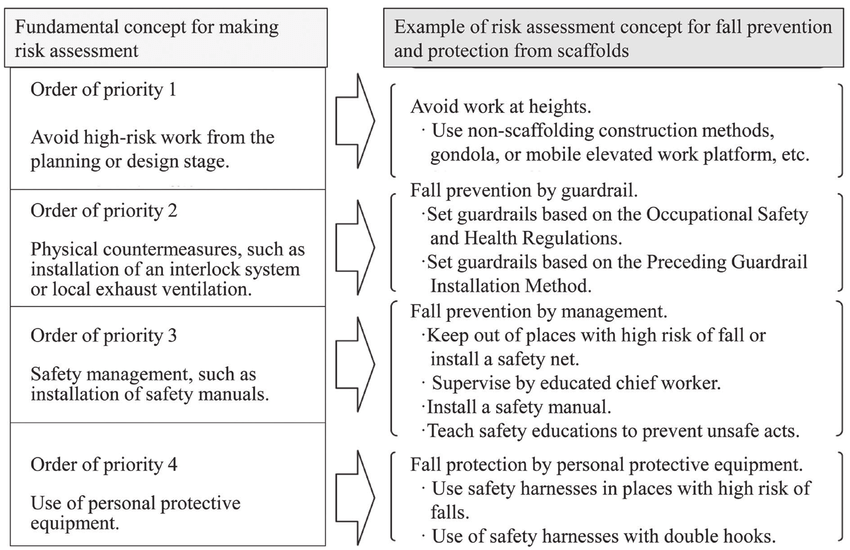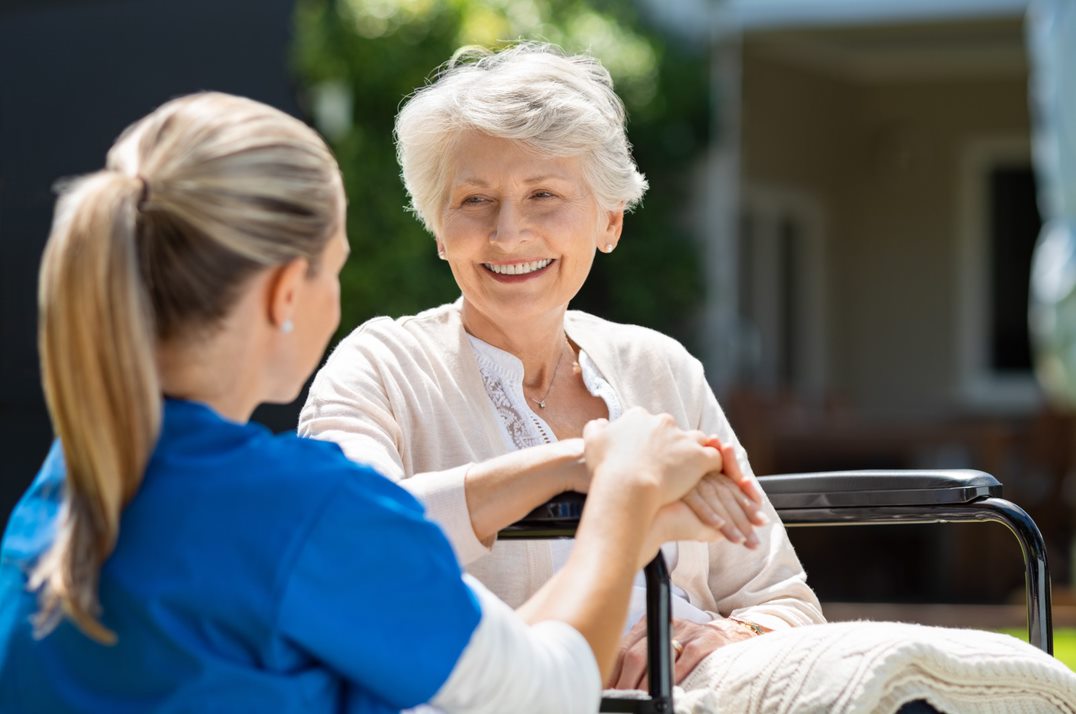The Best Strategy To Use For Dementia Fall Risk
The Best Strategy To Use For Dementia Fall Risk
Blog Article
The 25-Second Trick For Dementia Fall Risk
Table of ContentsThe Main Principles Of Dementia Fall Risk Top Guidelines Of Dementia Fall RiskDementia Fall Risk Can Be Fun For EveryoneDementia Fall Risk - The Facts
A fall risk analysis checks to see how most likely it is that you will fall. The assessment typically consists of: This consists of a series of inquiries regarding your total health and wellness and if you have actually had previous falls or troubles with equilibrium, standing, and/or walking.Treatments are suggestions that might decrease your threat of dropping. STEADI includes 3 steps: you for your threat of dropping for your threat aspects that can be enhanced to attempt to protect against drops (for instance, balance problems, damaged vision) to minimize your risk of dropping by making use of reliable techniques (for example, offering education and sources), you may be asked numerous concerns consisting of: Have you dropped in the past year? Are you stressed about falling?
After that you'll take a seat once more. Your service provider will examine how much time it takes you to do this. If it takes you 12 seconds or more, it may imply you go to higher danger for a loss. This test checks toughness and equilibrium. You'll being in a chair with your arms crossed over your breast.
Move one foot midway ahead, so the instep is touching the big toe of your other foot. Relocate one foot completely in front of the other, so the toes are touching the heel of your various other foot.
What Does Dementia Fall Risk Mean?
The majority of drops take place as an outcome of numerous contributing variables; therefore, managing the threat of dropping starts with identifying the aspects that add to fall threat - Dementia Fall Risk. Some of the most appropriate danger aspects include: Background of previous fallsChronic medical conditionsAcute illnessImpaired stride and equilibrium, reduced extremity weaknessCognitive impairmentChanges in visionCertain high-risk drugs and polypharmacyEnvironmental factors can also boost the danger for falls, including: Poor lightingUneven or damaged flooringWet or slippery floorsMissing or damaged hand rails and get barsDamaged or improperly fitted devices, such as beds, wheelchairs, or walkersImproper use assistive devicesInadequate guidance of the individuals living in the NF, consisting of those who exhibit hostile behaviorsA successful loss threat administration program needs a detailed scientific analysis, with input from all members of the interdisciplinary group

The care plan should read this post here likewise consist of interventions that are system-based, such as those that advertise a secure setting (proper lights, handrails, grab bars, and so on). The performance of the treatments ought to be reviewed periodically, and the treatment strategy revised as required to reflect adjustments in the autumn danger analysis. Implementing a fall risk management system utilizing evidence-based ideal practice can minimize the frequency of drops in the NF, while restricting the potential for fall-related injuries.
Some Known Questions About Dementia Fall Risk.
The AGS/BGS standard suggests screening all grownups matured 65 years and older for loss threat yearly. This screening contains asking patients whether they have dropped 2 or even more times in the published here previous year or looked for medical attention for a loss, or, if they have actually not dropped, whether they feel unstable when strolling.
Individuals that have fallen when without injury needs to have their equilibrium and gait evaluated; those with stride or balance irregularities ought to obtain additional assessment. A background of 1 fall without injury and without stride or balance problems does not require further analysis beyond continued yearly autumn risk screening. Dementia Fall Risk. An autumn risk assessment is called for as component of the Welcome to Medicare examination

Fascination About Dementia Fall Risk
Recording a falls background is one of the top quality indicators for loss prevention and monitoring. A vital part of danger assessment is a medicine evaluation. A number of classes of medications enhance fall risk (Table 2). Psychoactive drugs in certain are independent forecasters of falls. These drugs have a tendency to be sedating, change the sensorium, and harm balance and gait.
Postural hypotension can typically be alleviated by lowering the dosage of blood pressurelowering medications and/or stopping medications that have orthostatic hypotension as an adverse effects. Use above-the-knee support hose pipe and copulating the use this link head of the bed elevated might also reduce postural reductions in high blood pressure. The advisable components of a fall-focused physical evaluation are displayed in Box 1.

A TUG time greater than or equal to 12 secs recommends high loss danger. The 30-Second Chair Stand examination assesses lower extremity toughness and equilibrium. Being not able to stand up from a chair of knee height without utilizing one's arms indicates boosted loss danger. The 4-Stage Balance test evaluates fixed balance by having the individual stand in 4 settings, each progressively more challenging.
Report this page